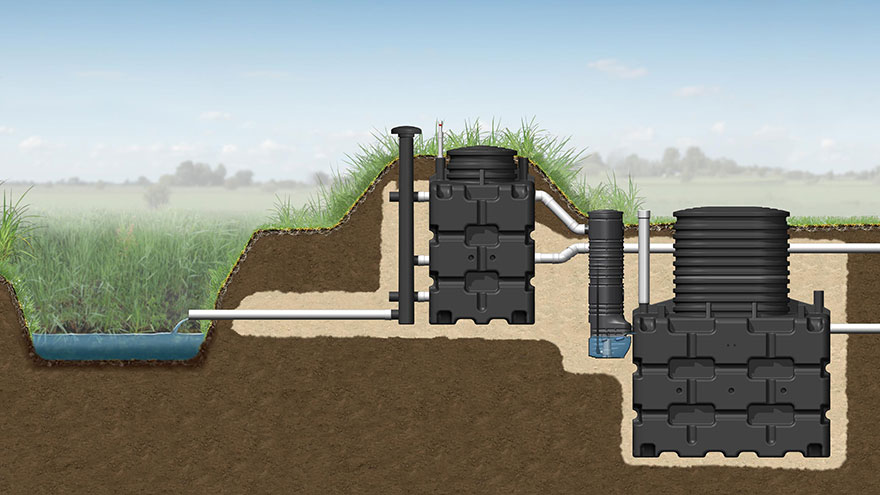How to Repair Septic System Failure
A septic system is an underground holding tank for human waste; natural bacteria breaks the waste down into components that are environmentally acceptable.
These components are then discharged into a leach field, where the waste flows (or is pumped in) and then absorbed. Simple maintenance will keep a septic system running smoothly, but when the system breaks down, there are several things you can do.
5 Steps to Repair Septic System Failure

1. Wastewater must be able to soak into the soil
Find the reason your septic system has failed. Perhaps the effluent (waste) can’t soak into the soil in your leach field, your system may be too small to service your entire house, you haven’t had your tank pumped regularly, or the roots of trees nearby are blocking the pipes.
2. Slow draining sinks
Relevel your distribution box when you notice your system shows signs of trouble like gurgling toilets and slow draining sinks. The “d-box” ensures that all your septic lines get an equal amount of waste.
3. Adjust the d-box for better drainage
Remove the d-box lid (it looks similar to the lid on your toilet tank). Adjust the septic lines by turning the plug in the end of each pipe so that each hole is higher or lower with respect to the bottom of the distribution box.
When you do this, it should help equalize the amount of waste going into each pipe and prevent septic overflow. The d-box should be level, and all the pipes should be adjusted to the same position.
4. Slow draining sinks are a sign of trouble
Do a percolation test on your soil to find out the amount of waste that can be absorbed per square foot; if your soil has too much clay in it, you may need to amend it with sand or gravel to make it more porous.
High-power water jets can be used to unclog lines, but having your system pumped out every two years or so is a better way to prevent clogging and backups. If the waste from your septic tank isn’t able to be absorbed into the soil, septic system failure is inevitable. This means that sewage will backup into your house and you’ll see puddling of the sewage in your leach field.
5. Bacterial agents can be flushed down the toilet
Restore your system by flushing additives down the toilet. These additives, which are easy, fast and economical, go by various names like septic tank treatments, cleaners, restorers, and enhancers; they fall into two categories: chemical and biological.
Chemical additives open up clogged drains by breaking up grease and oil. The drawback is that they contain sulfuric acid, a highly corrosive substance that can damage your septic system and isn’t good for the soil and groundwater. Biological additives are made from bacteria, yeast or enzymes; they’re supposed to increase the efficiency of your system and can be flushed down the toilet monthly or weekly for system maintenance.
Tips and Warnings
- Maintain your septic system by reducing your water usage through water conservation, reducing landscape irrigation of soils near your leach field and cleaning the effluent filter if you system has one.
- Don’t wash down the sides of your septic tank when you have it pumped; the remaining slime contains bacteria that’s needed to digest the wastewater.
- If you clean with bleach or lye products, use them sparingly; too much will harm the bacteria in your tank.
You Might Also Like :: What Is COPD Respiratory Failure?

